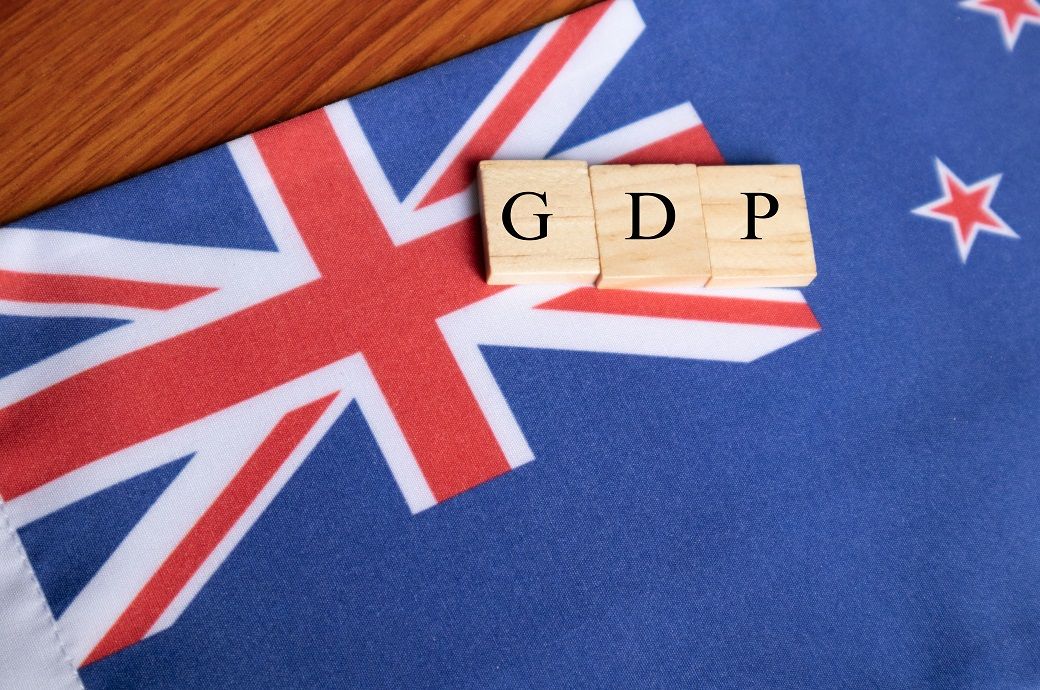

“The 0.4 per cent rise in total consumption and 1.1 per cent rise in exports were the primary contributors to GDP growth in the December quarter. Continued growth in household and government spending drove the rise in consumption, while increased exports of travel services and continued overseas demand for coal and mineral ores drove exports,” Katherine Keenan, ABS head of national accounts, said in a press release.
The GDP implicit price deflator (IPD) rose 1.6 per cent in the December quarter and 9.1 per cent through the year. Domestic prices grew strongly, up 1.4 per cent for the quarter and 6.6 per cent through the year. This was the strongest through the year growth in domestic prices since the March quarter 1990. The terms of trade rose 7.2 per cent through the year, driving real gross domestic income to 4.4 per cent through the year. This lifted the purchasing power generated by real GDP.
Net trade contributed 1.1 percentage points to GDP, as exports increased 1.1 per cent and imports fell 4.3 per cent. The fall in goods exports was driven by non-monetary gold, down 23.7 per cent, and rural goods, down 3.5 per cent. This was offset by increases in coal, up 8.2 per cent, and mineral ores, up 1.2 per cent.
Imports of goods dropped 3.8 per cent, driving the fall in total imports. Consumption goods were down by 3.0 per cent and intermediate goods by 2.4 per cent in December, added the release.
Changes in inventories recorded a build-up of $1.1 billion in December quarter, down from $3.9 billion in the September quarter, detracting 0.5 percentage points from GDP growth. Private non-farm inventories experienced a rundown with retail inventories declining, reflecting the fall in consumption goods imports. A draw down in inventories was also seen in coal mining in response to strong overseas demand and low production due to poor weather in parts of the country.
Fibre2Fashion News Desk (NB)